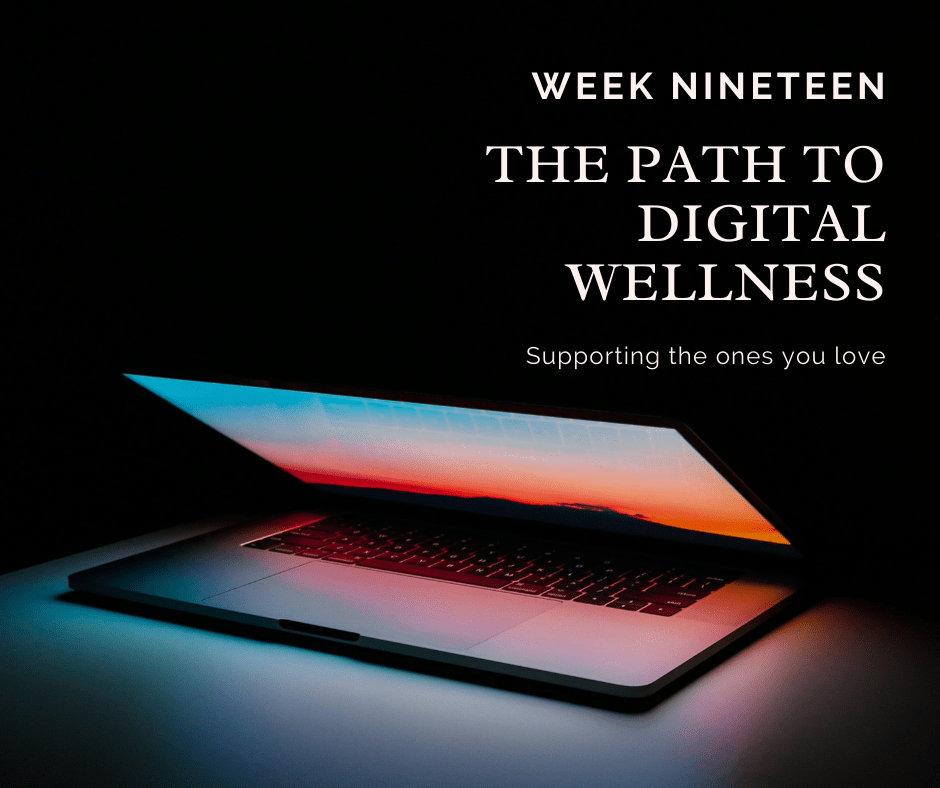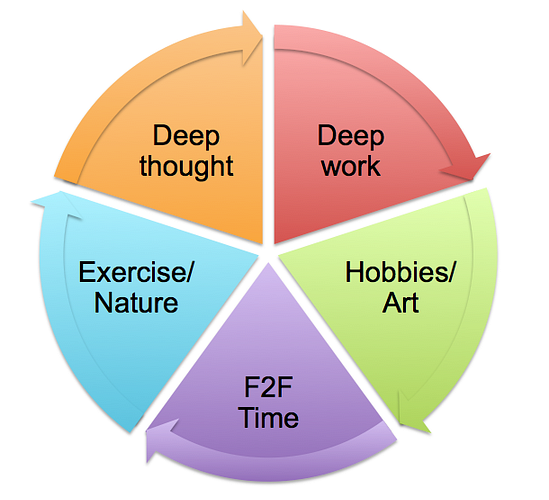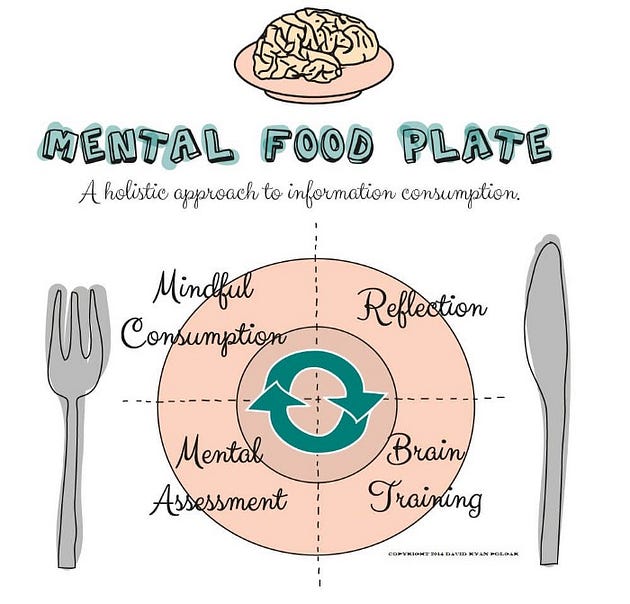When I initially planned this course, I intended to devote a week to talking about digital wellness issues that affect our family and friends.
Little did I know back in January that our world would soon be engulfed in a pandemic that forced many of us to isolate in our homes, relying primarily on digital tools for work, play, school…. really everything our lives.
As a result, in the past few months nearly everyone’s digital habits have become more pronounced, more entrenched, and, (in some cases) more disruptive or even damaging.
If someone you love is struggling with these habits, how do you help them?
The Kids Are Not Alright
If I had written this post back January, I would have started by addressing some troubling trends among our children and teens, including increased rates of depression, anxiety, suicide, cyberbullying, sexting, developmental delays, behavior problems, sleep problems and learning disabilities.
Many researchers believe digital technology plays a significant and central role in all of these trends, (although they’re still determining the extent, causes, and correlations.)
Then the pandemic happened, and our kids’ use of tech dramatically increased — becoming the main vehicle for not only their relaxation, but also all of their academics and socialization.
No one really knows what this increased usage is doing to our kids’ brains or what it will mean for their futures. But as parents, it’s wise to be concerned and take some action to mitigate any damage that may result from this huge change.
1. Nurture offline pursuits
The first step is to make sure, as the American Academy of Pediatrics suggests, that you “preserve offline experiences” for your kids.
Kids today are conditioned to pick up a digital device whenever they have free time or are bored, unhappy, or stuck. This programming runs deep — often from months or years of repeated behavior — so simply telling them, “Get off your phone,” won’t be enough to break the habit.
Instead, work with your kids to develop a list of alternate activities to interrupt the habit and redirect their attention. Later, you may also want to introduce them to Week 10’s digital wellness paradigm and help them augment their alternate activities with projects from any of these five categories.
2. Help them seek out quality fare
Since our kids are spending a lot of time online, it may be helpful to ensure that they’re seeking out quality content there, whenever possible.
Again, you may want to use some of the ideas we’ve talked about in this eCourse, such as the concept of the mental food plate and getting your kids to think of digital content as “food.”
For example you could ask them…
- How much digital “candy” are they consuming each day? Are they “eating” any content that’s healthy or challenges their brain?
- Are they taking any time offline to “digest” after they’ve “eaten?”
- Are they mindfully “eating” or just grazing all day on whatever they can find while they’re multitasking and doing other stuff?
Most kids get the basics of healthy eating, (although they don’t always practice it.) Try to frame their digital consumption using the same terms.
3. School ’em in digital
Our kids are taught some of the basics of digital literacy in schools today, but there’s still WAY more for them to learn.
If you’ve got extra time on your hands right now, (and the inclination/ knowledge) consider augmenting their education by teaching them some basics. For example…
- How to determine if a new social media follower is a legit person.
- How to craft a solid email message, (or respond to one you receive).
- How to verify if something you’ve read online is factual or not.
- What to do when a Nigerian prince asks you for money.
You may be surprised how much you assume “everyone knows” about technology that your kid is still waiting to be taught.
What About the Grownups?
There may be adults in your life — a spouse, a parent, a friend — that are struggling with digital wellness right now too.
If you’re hoping to help them, let me remind you of a lesson that took me a LONG time to learn: you can’t make anyone do anything or change anything in their lives. The only thing you have control over is your side of the relationship — your actions, your thoughts, your words.
So, if someone you love is struggling with technology right now they need to be the one who decides to fix the situation. All you can do is…
- Provide encouragement and support.
- Point them toward resources like this eCourse if they ask for help.
- Offer yourself as an example by sharing your struggles and successes. (Because if your own digital habits are out of control, you probably shouldn’t be lecturing anyone else about theirs.)
This week’s exercise
There are no formal exercises this week, other than to consider trying some of the ideas listed above and to continue to lead by example and put on your own oxygen mask first.
I hope you’ll join me next week when we’ll be wrapping up this 20 week eCourse.
I’d love to hear your thoughts on this course. Feel free to leave comments on any of the posts or email me at jen@jenkane.com if you’d like to share something privately.








